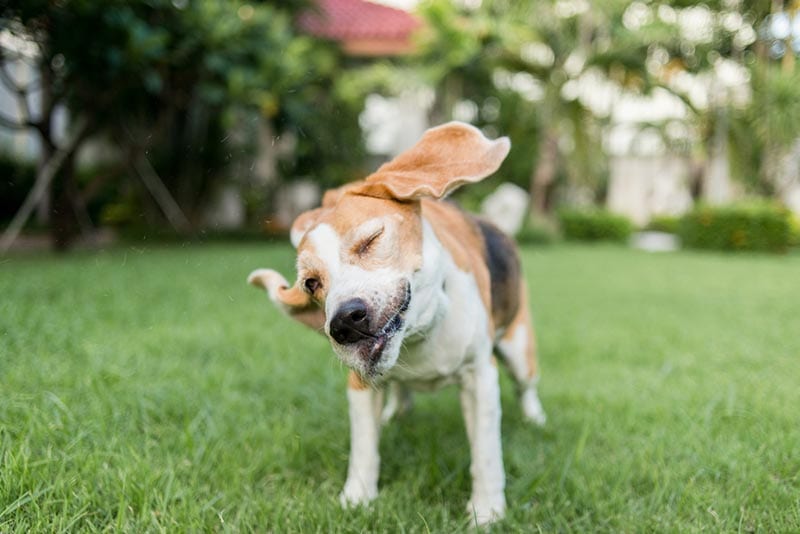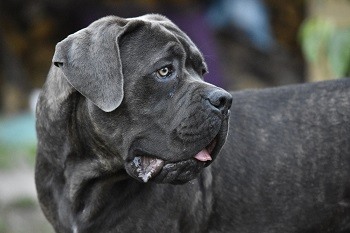15 Unusual Dog Jobs Through History: Interesting Canine Roles
Updated on
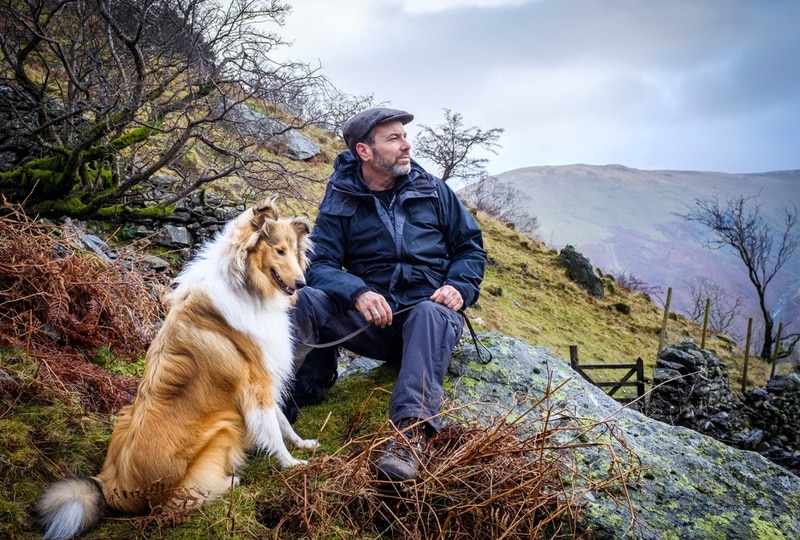
They say that the dog is man’s best friend. Reviewing their history, it’s easy to see why we revere these animals so highly. Our relationship began 20,000–40,000 years ago. And we haven’t looked back since. Canines have played many roles in our lives. That’s evident in the number of breeds and the selective breeding that brought us herders, watchdogs, and companions.
However, to leave it at that does the dog a grave injustice. Our canine BFFs have astounded us with their loyalty and bravery. We can even say we owe our very existence to them. Let’s delve into the impact dogs have had on our lives with 15 unusual dog jobs throughout history.
The 15 Unusual Dog Jobs Through History
1. Gold Transport
The Gold Rush presented miners with unique challenges. The terrain of Alaska and the Yukon was extremely rugged. It was one thing to find gold; it was another matter to bring home the goods. Sled dogs proved invaluable for this task. Loaded sleds could traverse the landscape, allowing the miners to return and attract more fortune hunters. It was also a boon for the small towns that flourished.
Interestingly, the use of sled dogs during the Gold Rush helped usher in dogsledding as a sport. It was a part of the 1932 Lake Placid Olympic Games and the 1952 Oslo Olympics as a demonstration instead of a former part of the program. Nevertheless, enthusiasts have found a niche with dog sled races across the globe, including the iconic Iditarod Trail Sled Dog Race.
2. World Explorer
Dogsledding offered an ideal way to explore some of the final frontiers. It provided a reliable form of transportation when travel was otherwise challenging, if not impossible. Norwegian explorer Roald Amundsen’s name is etched in history in October 1911 with his team of four sleds, 52 dogs, and four fellow explorers. Interestingly, his decision was influenced by another adventurer, Robert Perry.
Perry’s discovery of the North Pole occurred in 1909. However, it wasn’t without controversy. American explorer Dr. Frederick A. Cook claimed to have made the journey in 1908. Both lacked sufficient proof to back up their accounts. Surprisingly, recent evidence suggests that Amundsen was the first to cross the South Pole in 1926, albeit in a dirigible.
The first man and dog sled team to make the voyage was British explorer Wally Herbert in 1969. However, he received help along his path. Paul Schurke and Will Steger made the first unassisted trip by dogsled in 1986. Nevertheless, it’s worth noting the importance of sled dogs in setting the record of the North Pole’s discovery straight.
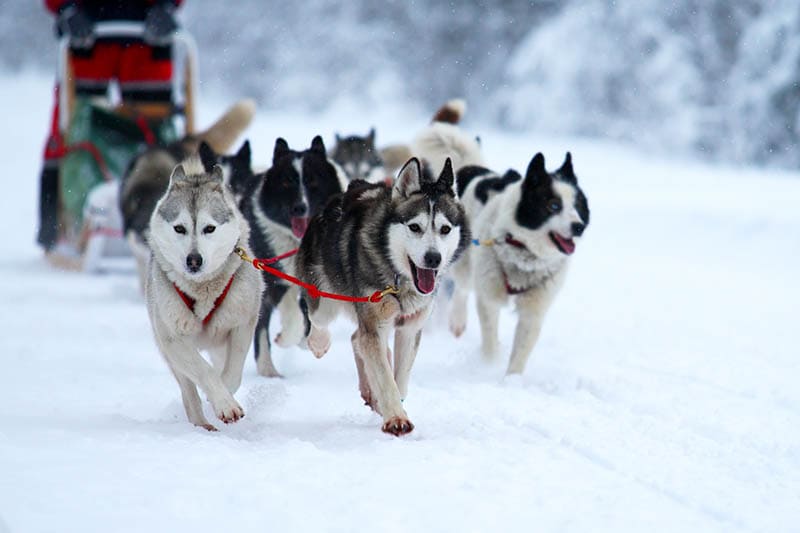
3. Bodyguard
One of the common uses for canines is bodyguards. Dogs certainly have the equipment to succeed at the job. Many breeds have served in this role well, including the Bullmastiff, Cane Corso, and German Shepherd. While the Doberman Pinscher also was part of its group, the inspiration for selectively breeding this dog was as protection for tax collectors.
German taxman and enthusiast Louis Dobermann created the breed to assist him on his rounds. Its fearlessness and loyalty make it the perfect choice, presenting a formidable challenge to anyone questioning it. However, the Doberman Pinscher has another place on our list of unusual dog jobs throughout history.
4. Wine Inspector
Dogs have a remarkable sense of smell, with over 16 times the number of nasal receptors as humans. People have made ingenious uses of this superior ability. An unexpected way is in wineries. One of the most vexing wine faults is a fungus called 2,4,6-trichloroanisole (TCA) or cork taint. It gives the wine an unpleasant musky odor some describe as a wet basement smell.
Humans are sensitive to TCA, being able to detect it at 2–5 parts per trillion. Unfortunately, consumers don’t know their wine is corked until they open the bottle. That’s where an innovative project by the TN Coopers production facilities’ Natinga Project steps up to the plate. The company has trained dogs to act as wine inspectors to detect TCA and other faults that could ruin the wine. Here’s a toast to Fido!

5. Pest Detection Hound
Pest control is big business in the United States. The projected 2023 industry revenue is estimated at over $26.2 billion. Some of the most difficult ones to control are bed bugs. Too often, people don’t realize they have an infestation before they finally notice them. They reproduce quickly and are tiny, making them hard to see. Dogs offer a novel solution to this problem.
Researchers investigated the feasibility of training canines to sniff out bed bugs. That could make control easier if one could nip an imminent issue with early detection. Their findings showed a 97.5% positive rate,1 being able to detect a single insect. These data provide promising ways to improve pest control and reduce the complications and health conditions they cause or carry.
6. Rescue Dog
People have found many other uses for dogs and their noses. Search and rescue is undoubtedly one of the most valuable. Researchers looked at the success rate of putting canines in this role. Their findings show 76.4% positive results.2 The dogs’ usefulness comes not just from their sense of smell. They can also cover 2.4 times the ground their human handlers can traverse.
The history of search and rescue dogs goes back to 980 to a monastery located at the Great St Bernard Pass in Switzerland. These canines helped find lost explorers. The scope of the role of these animals would widen as dogs proved time and again that they are our BFFs.

7. Serum Delivery
The story of one of the most astonishing and heroic dogs in history begins in Nome, Alaska. The small town was seized with a diphtheria outbreak. The only cure at the time was a serum. The village had only one doctor to deal with the onslaught of cases. He sent an urgent plea for help. The call was answered by teams of sled dogs that would bring the serum to Nome.
The hero of the day was the team’s canine leader, 6-year-old Balto. The dogs ran the final 53-mile stretch to make the delivery and save the town’s residents. Interestingly, the route Balto and his team took from Anchorage to Nome is today’s 1,049-mile Iditarod race path.
8. Firehouse Dog
The familiar firehouse dog’s story follows the horse-drawn carriage. These pups guarded them, running alongside them. Early firefighting also relied on this mode of transportation, bringing the dogs with them. These canines performed other tasks. They would alert bystanders that a firefighting brigade was going out on a call. They also protected the firefighters’ gear and the wagons while they worked.
The dogs also helped the horses charged with pulling the wagons. Their barking ensured the steeds still went to the fires, despite their innate fear of them. Interestingly, Dalmatians are still known as vocal animals, despite their more nostalgic role at firehouses today.

9. Disease Detector
The canine super sniffer has helped humans in unexpected ways. Research has shown that they can detect diseases. Daisy is one of a team of Medical Detection Dogs trained in this capacity. This pooch detected more than 550 cases, earning it the Blue Cross Medal. The organization presents the award to animals who have helped humans or even saved lives. It doesn’t stop there.
Researchers have even discovered that dogs can detect other diseases, such as COVID-19. Scientists theorize that canines can pick up volatile organic compounds (VOCs) given off by people with certain health conditions. These findings have persuaded the NBA’s Miami Heat to use them to identify infected individuals attending games.
10. Lifeguard
Many breeds, like the Labrador Retriever, love the water. They’re also excellent swimmers. It only makes sense to put these talented pups to work as lifeguards. Italy has 350 trained rescue dogs for just these types of missions. The dogs’ strength and endurance allow them to reach individuals faster. They also excel at teamwork when multiple rescues are needed.

11. Mail Delivery
Dogs share a close relationship with the post office. They ensure the organization fulfills its motto: “Neither snow nor rain nor heat nor gloom of night stays these couriers from the swift completion of their appointed rounds.” Canines pull sleds in places where the conditions make travel with vehicles or horses difficult.
It’s worth mentioning that the path Balto took and what later became the track of the Iditarod was originally a mail route.
12. Military Canines
Dogs have long been a part of the military. Two stories stand out from the many acts of heroism. Troops deployed to France during World War I smuggled a stray that wandered into the camp where they were training. It was a good thing. Stubby alerted the soldiers to attacks by Germans and helped catch a spy. The pup was honored for its heroics with a medal presented by General Pershing.
During World War II, Doberman Pinschers again proved their mettle during the battle for Guam. The U.S. Marine Corps dubbed these specially trained canines the Devil Dogs. Many pups found valiantly yet didn’t make it back. The National War Dog Cemetery on the island honors these canines and others that have served bravely in the military.
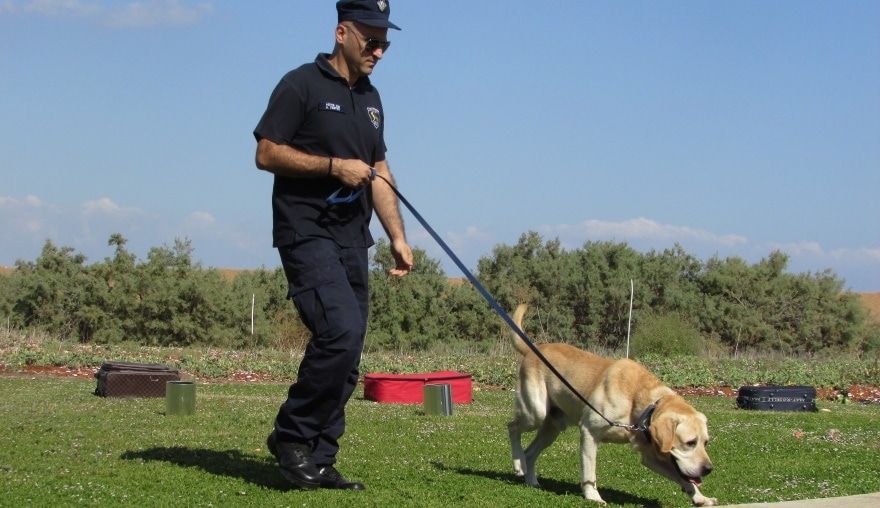
13. Tutor and Therapy Animal
About 25% of American children are illiterate. More sobering is the knowledge that nearly two-thirds will likely end up on welfare or in the prison system. That makes this unusual but extraordinary canine job that much more powerful. Organizations like Therapy Dogs International (TDI) are so valuable. TDI helps children with reading difficulties overcome the challenges of low self-esteem.
Trained therapy animals take the edge off and make it easier for children to read aloud and hone their skills. Animal-assisted therapy has also helped individuals dealing with post-traumatic stress disorder (PTSD) and provides companionship for people in assisted living and hospice. If anyone ever needs proof that angels exist, these dogs offer sterling examples.
14. Truffle Hunter
Dogs are excellent hunting companions, whether you’re after upland game, deer, or waterfowl. They can spot your quarry, flush them out, or bring them to you. That’s saying nothing of the unconditional love they provide. Some canines exceed at another use for their keen sense of smell. The Italian dog breed, Lagotti Romagnoli, is an expert at truffle hunting.
These delicacies fetch hundreds of dollars. They grow underground, which makes finding them difficult—if you’re a human. These pups also earned their keep as watchdogs and retrievers in addition to their amazing truffle hunting skills. Some say they’re a better choice than the other expert sniffer people often use, pigs.
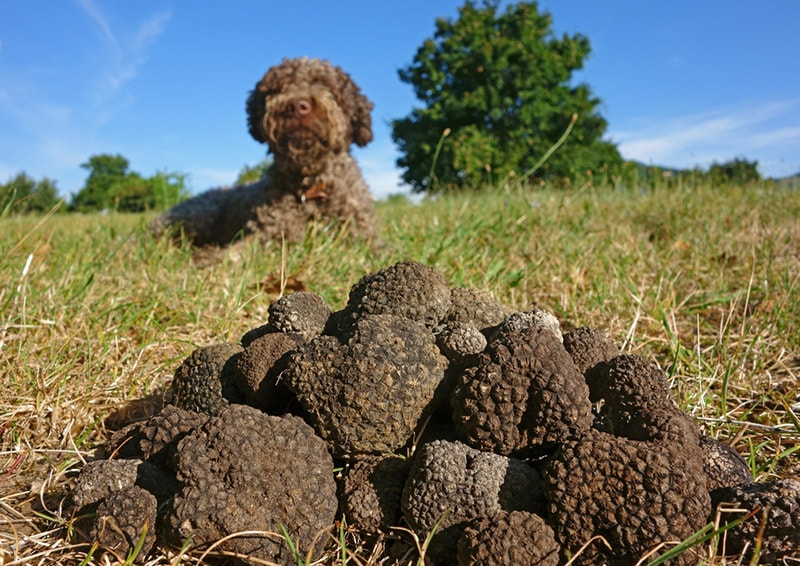
15. Mayor
People love their canine companions. We lavish attention and money on our dogs. Many think of their pets as family members. It’s no surprise that someone would come up with the idea of giving them a higher station in life. Enter Max, the mayor of Idyllwild, California. The town is unincorporated, so its role is more symbolic than political.
However, the residents love their canine mayor. It is also for a good cause, raising money for the non-profit Idyllwild Animal Rescue Friends. Max II earns his keep, making people smile and sitting down with those requesting a meeting. Idyllwild is one place that is happy to say that it’s gone to the dogs.
Conclusion
Dogs have been our companions for centuries. They have protected us and given us our love freely. Their roles have evolved and diversified. Our canine entries represent some of the extreme ones throughout history. However, we like to think their best job is being our best friend through thick and thin. We couldn’t imagine a life without our pets.
Featured Image Credit: Shaun Barr, Shutterstock

